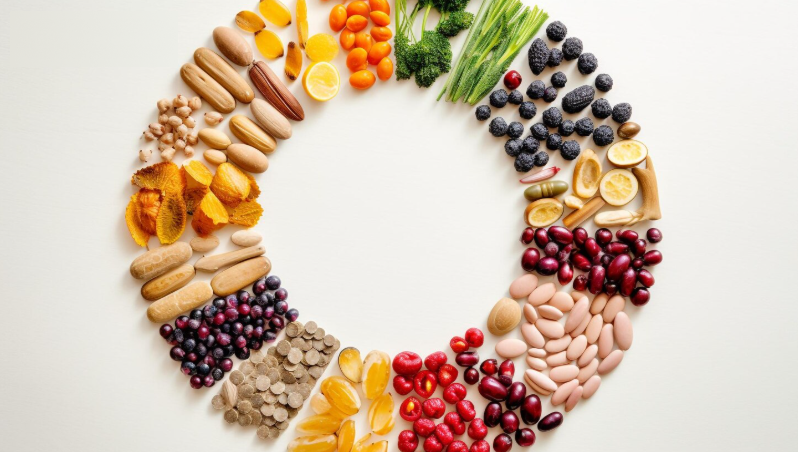
Most people lack enough fiber, yet it fuels microbes, digestion, immunity, energy, and overall wellness.
Less than 5% of people eat enough fiber daily — and that’s a problem for both your digestion and your long-term health.
Two Types of Fiber, Two Big Jobs
· Insoluble fiber: Adds bulk to your stool (hello, regularity), keeps you feeling full longer, slows how quickly your stomach empties, and helps steady blood sugar levels.
· Soluble fiber: Feeds your healthy gut bacteria (prebiotic effect), boosts microbiome diversity, and fuels them to make short-chain fatty acids (SCFAs) — compounds that strengthen your gut lining, reduce inflammation, and help regulate your hormones.
My Go-To:
I personally love Orthomolecular Fiber MGP — one scoop in cold water daily. It tastes great, dissolves easily, and my digestion has never been better.
Fun fact: SCFAs from fiber fermentation naturally increase GLP-1— a hormone that helps regulate blood sugar, appetite, and weight. You can also boost GLP-1 with:
· Quality proteins & peptides
· Healthy fats (olive oil, nuts, fish)
· Certain plant compounds like quercetin, berberine, curcumin, resveratrol, plus those found in tea, cinnamon, and soybeans
GLP-1 Medications:
These drugs can be helpful for some people’s cardiometabolic health, but remember — the effect from natural foods is gentler and side-effect free. Medication or not, healthy lifestyle habits are non-negotiable:
· Low-carb, Paleo, or Mediterranean-style eating
· Regular exercise
· Consistent, restorative sleep
Bottom line: Fiber is more than “just for digestion.” It’s a daily investment in your gut, metabolism, hormones, and long-term vitality.